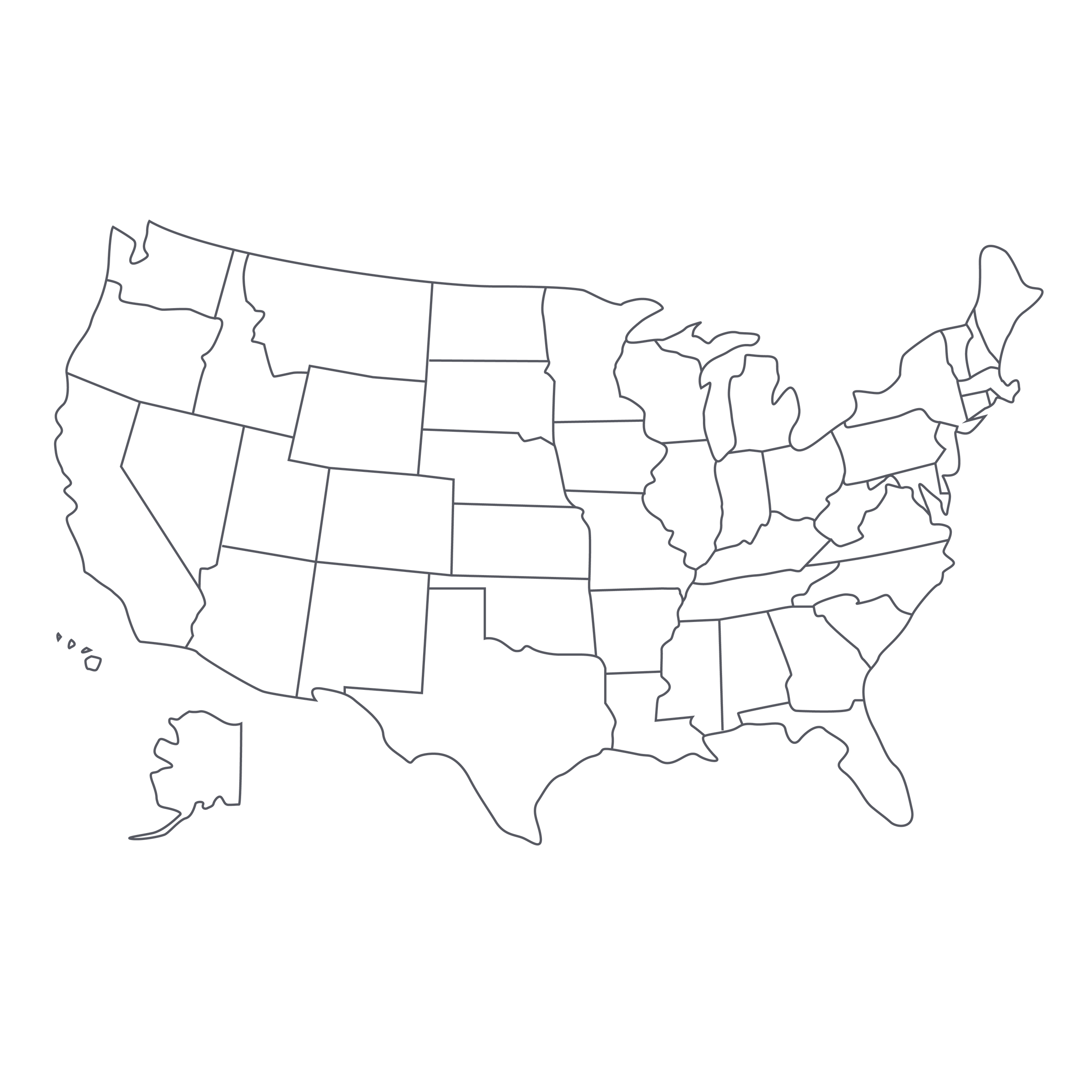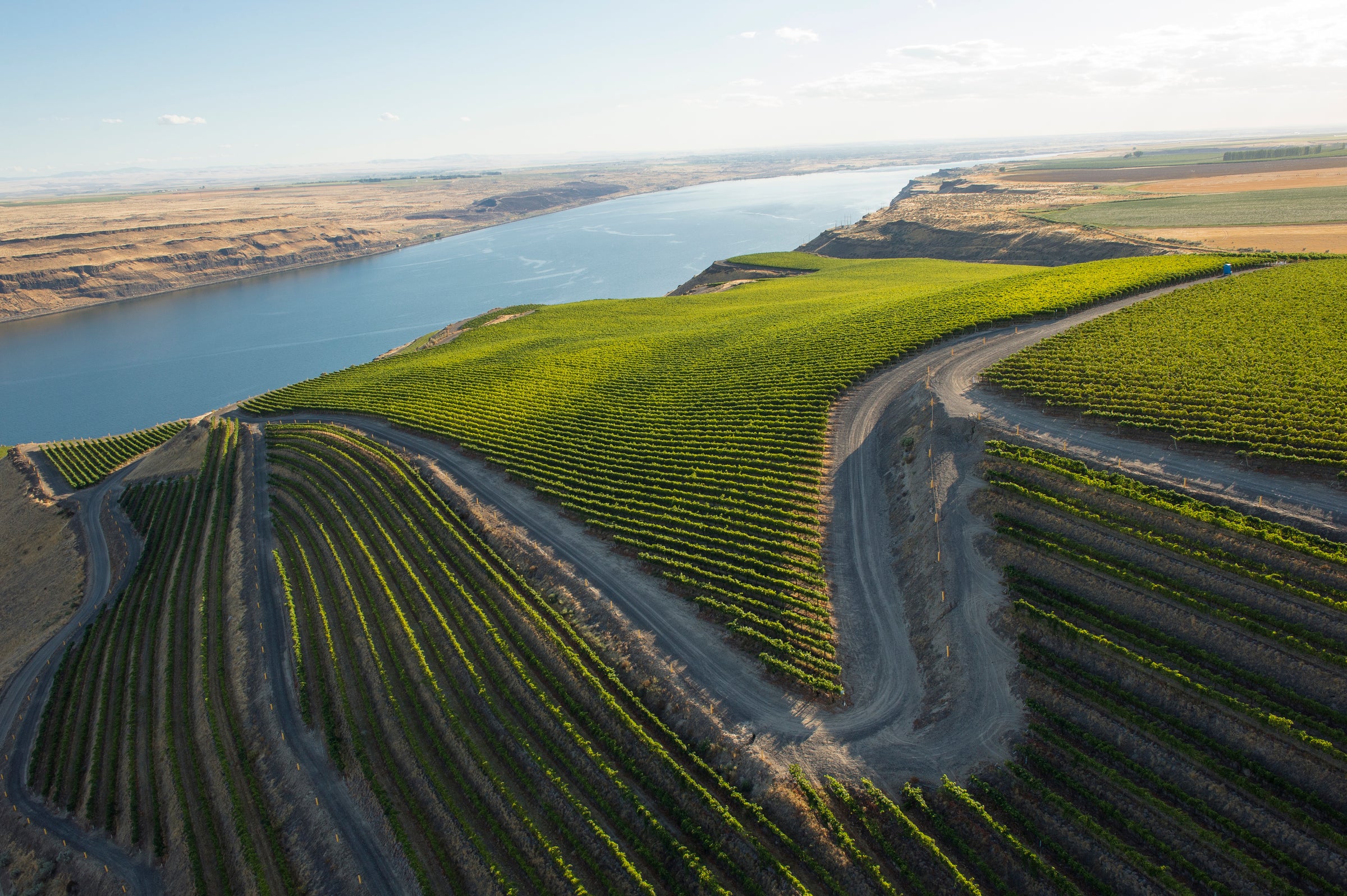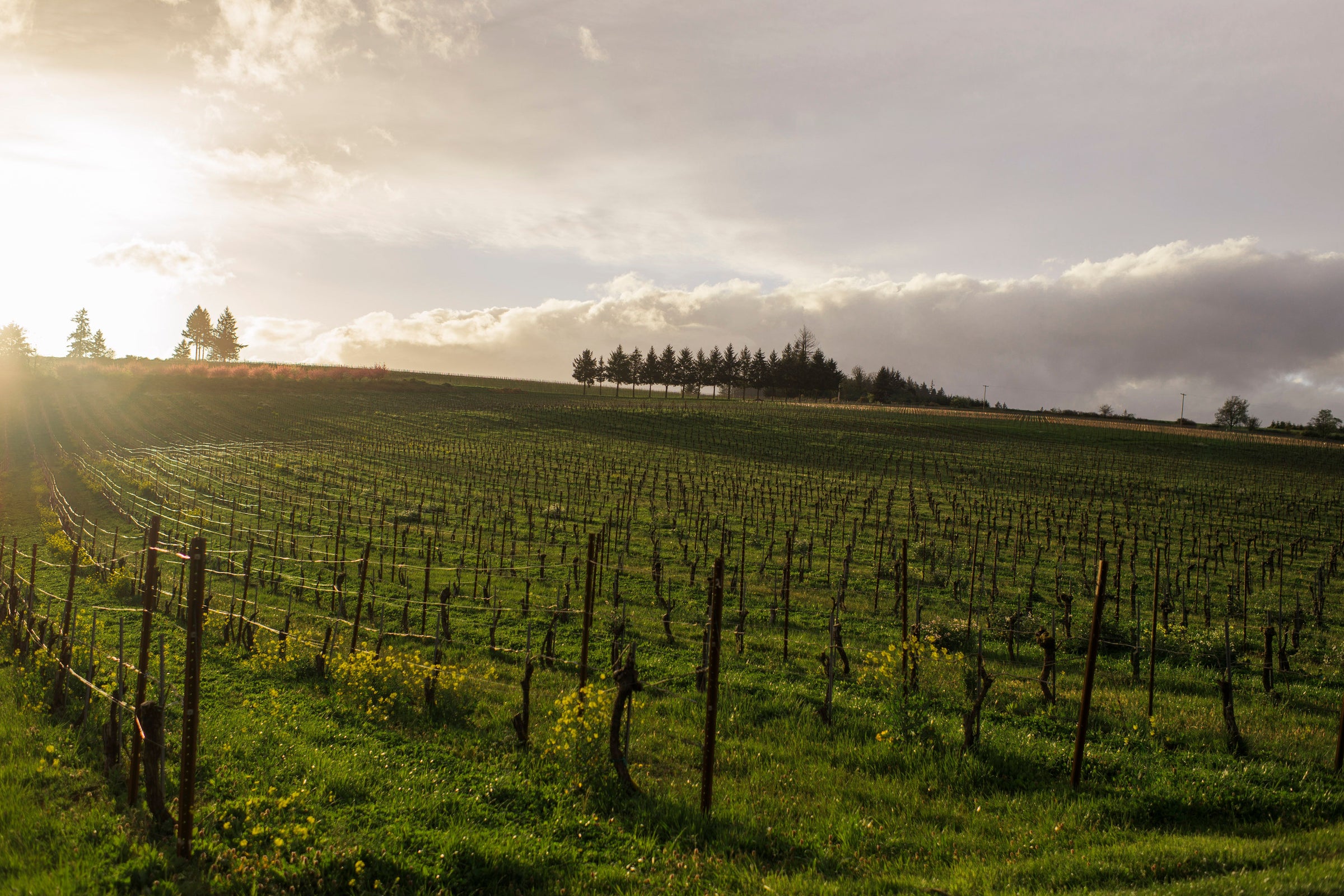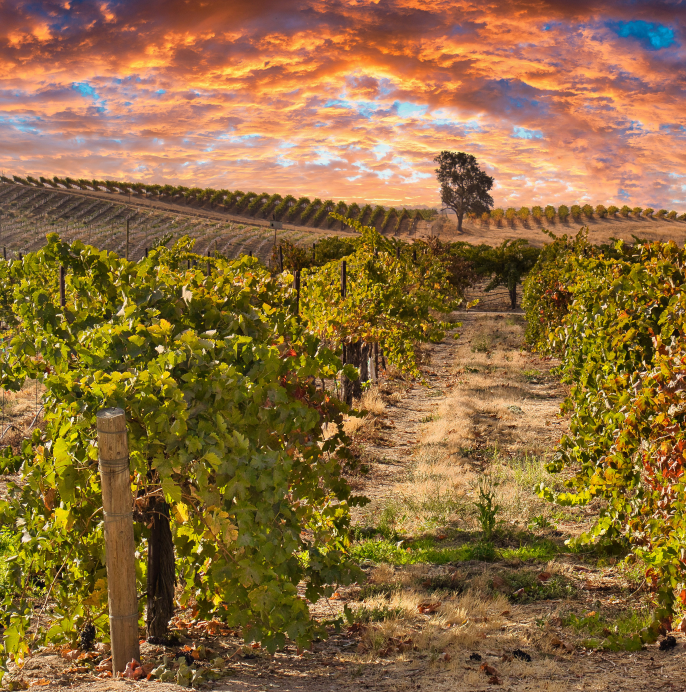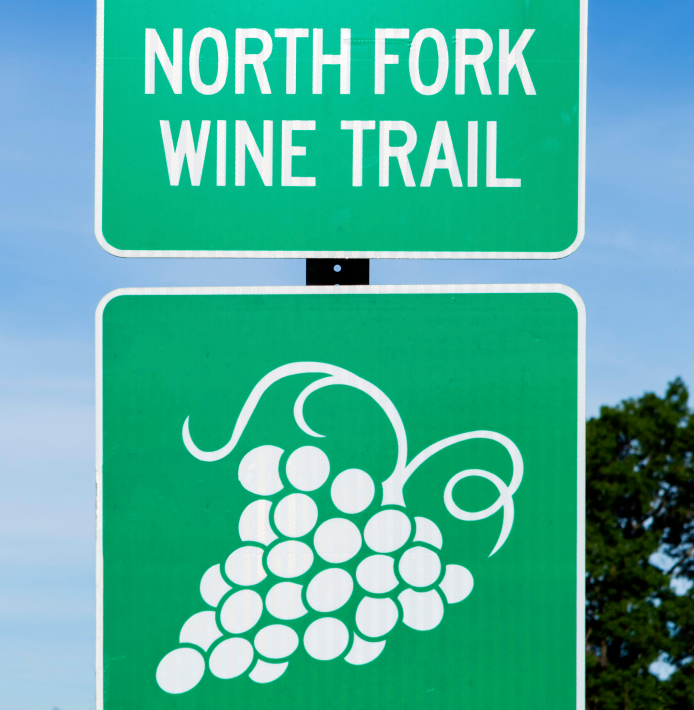Although reducing Clos du Val’s crème de la crème down to a price point shouldn’t be the takeaway today, it’d be foolish to ignore that we were given a limited, one-time opportunity to showcase their 2015 “Three Graces'' at a world-best price. Even buzz phrases like “luxury deal of the year” or “dangerously high-scoring Napa Cab'' seem to diminish the profound bottling on offer because while this is an elite, best-in-class red, let’s not forget that it’s crafted by a globally respected heritage brand that shocked the world decades ago.
Clos du Val was one of just six California producers selected to participate in the now-fabled 1976 Paris Tasting, and when the same wines were revisited 10 years later at the French Culinary Institute, they took first place. Meaning, Clos du Val matured better than Bordeaux titans like Haut Brion and Mouton-Rothschild, and California icons Heitz and Ridge. Today’s “Three Graces'' serves as the finest and most beloved wine currently exiting their cellar: It’s a scrupulous barrel selection from the estate’s best parcels of Cabernets Sauvignon/Franc, and this 2015 is jaw-dropping. Although young, it’s in a mindblowing spot right now and has many, many years of evolution ahead of it—but we don’t need to tell you that, history’s already confirmed it. This is a must for blue-chip cellars and any admirer of all-time great Cabernets. We can part with up to six bottles per person.
Founded in 1972, Clos du Val quickly became a bonafide Napa Valley Hall-of-Famer: Its inaugural Cabernet participated in the 1976 “Paris Tasting,” and its founding winemaker, French-born Bernard Portet, merits mention right alongside other legends of the era, from Tchelistcheff to Winiarski to Mondavi. However, current President/CEO Steve Tamburelli, who previously led the helm at two other iconic Napa labels, Chappellet and Stags Leap Wine Cellars, notes that Clos du Val’s considerable growth came at a price. “We were chasing cases,” he said, referring to the decision to source considerable amounts of non-estate fruit to boost production. And so, his team, which includes operations director Jon-Mark Chappellet and winemaker Ted Henry (formerly of Jarvis), looked to go in the opposite direction: smaller production, from only the best of their estate vineyards. Somehow, he managed to obtain ownership’s blessing to cut overall production “by half” (!) in his quest for greater quality and purity of terroir expression.
Since Steve’s arrival in 2014, the estate’s focus has exclusively been on its three core vineyard sites: Their “homegrown” Hirondelle Vineyard in the Stags Leap District; the jewel-box State Lane Vineyard in Yountville; and the sprawling Grand Val Vineyard in Carneros for “Burgundian” varieties. A renewed focus on the health and management of these vineyards is at the heart of Clos du Val’s mission to re-establish the brand as a reference-point Cabernet Sauvignon, and the greatest example of them all? Today’s prestige “Three Graces” bottling.
The trio of graces are Cabernet Sauvignon (54%), Cabernet Franc (45%), and Petit Verdot. For this top bottling, they vinify a single row of Petit Verdot vines—comprising 1% of the blend—at the edge of their famous Hirondelle Vineyard and blend it into the very best barrel selections of Cabernets Sauvignon and Franc, also from their Hirondelle Vineyard. The wine matures in premium, tight-grained, new French oak for 24 months prior to bottling.
Please decant a minimum of one hour before serving and be sure to pull out your finest Bordeaux stems for this one. Winemaker Ted Henry will tell you Clos du Val’s contemporary aim is “embracing the Napa Valley-ness” of their wines, and yet they do so without sacrificing any balance or verve in today’s 2015 “Three Graces.” It fills the glass with opaque dark ruby and crimson hues and unleashes an intoxicating vortex of deep and rich aromas like crème de cassis, blackberry, dried cherry, plum pie, huckleberry, and candied violets alongside clove, vanilla bean, cedar box, pipe tobacco, crushed black rock, and star anise. Sure, there is an abundance of intensity, extract, and brooding power on the palate, but in no shape or form does it result in palate fatigue or undue richness. That’s the unrivaled brilliance and benefit of premium Napa Valley fruit, the absolute best selection of the vintage, and a two-year slumber in France’s finest barriques. Although already in a brilliant spot right now, I must add that the magical years for this wine will come around 2025 and beyond, so, as with all well-made wine, those who wait will be exponentially rewarded. Here’s to an elite Napa Valley stunner, at an impossibly low price. Cheers!
